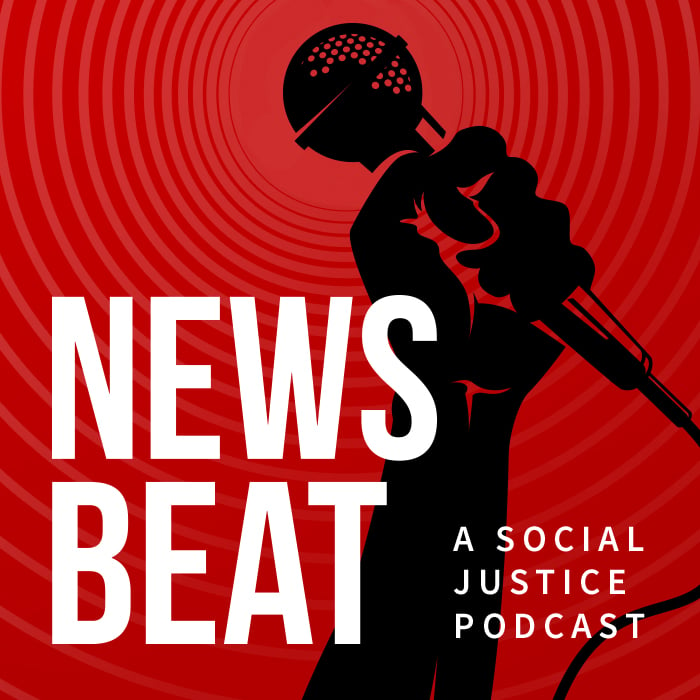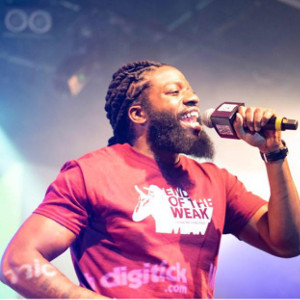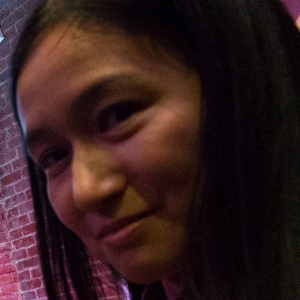In reality, for many Americans, this carefully constructed ethos is reserved for a privileged few.
From the Civil Rights era to the racist war on drugs, and equally divisive “law and order” politics, modern American history is littered with examples of policies shaped by race.
Five years after Rev. Martin Luther King, Jr. gave his famed “I Have a Dream Speech”—a rousing address that continues to underpin his legacy—the civil rights leader invoked a demonstrably less optimistic tone as he lamented the yawning fissure in American society between the haves and have-nots.
In his remarks before a union of multiracial workers in New York City, King proceeded to weave a tapestry juxtaposing two Americas, one in which “the milk of prosperity and the honey of equality” flows in abundance against another featuring “a daily ugliness about it that transforms the buoyancy of hope into the fatigue of despair.”
“By the millions, people in the other America find themselves perishing on a lonely island of poverty in the midst of a vast ocean of material prosperity,” King continued.
While King was largely referring to the scourge of poverty, today’s “Other America” could very well represent the men, women, and children living behind bars. With 2.2 million people incarcerated in its jails and prisons, the United States has the unenviable distinction of incarcerating a larger share of its population than any other country. That does not include the tens of thousands of children and teenagers locked away in juvenile facilities, the 4.5 million people who are on probation or parole, or tens of thousands in immigration detention.
According to Prison Policy Institute, there are 12 million people who cycle in and out of jail each year—a staggering sum inflated by the more than 400,000 holed up in local jails awaiting trial because they either couldn’t initially afford bail or were remanded to the court.
When King gave his “Other America” speech in March 1968—a month before his assassination—there were less than 300,000 people behind bars in the United States. It was during the 1960s and 1970s that academics and even some politicians envisioned a world in which jails and prisons wouldn’t exist. It was the awakening of the prison abolition movement—one that has since been spearheaded by such groups and figures as California-based Critical Resistance as well as Angela Davis and Ruth Wilson Gilmore, among others.
Advocates for years have sounded the alarm on criminal justice reform. However, abolitionists do not view sporadic improvements as a legitimate solution to America’s mass incarceration problem. Starting in the ‘60s when the prison population was relatively small by today’s standards, there was a push to end the practice of imprisonment, according to experts, especially after they were viewed as failing to rehabilitate people. But a confluence of events, including periods of racial upheaval and the emergence of law and order politics into the mainstream, abruptly changed everything.
The movement, however, never disappeared. And abolitionists continue to work on the grassroots level to enact change in local communities.
Prison abolition is not solely fixated on breaking down prison walls. At its core, prison abolition considers everything from incarceration and policing to surveillance, parole, and social and political issues—what abolitionists refer to as the prison industrial complex. Beyond the law enforcement aspect, the concept of abolition also challenges people to look at their own communities and how the lack of housing, economically deprived public schools and the lack of other recreation opportunities impact the lives of young people.
“I know that’s not what people think of when you hear the term ‘abolish,’” says Mariame Kaba, a prison abolitionist and founder of Project NIA, which explores alternatives to juvenile incarceration. “I think people think of something really drastic that happens immediately. And the history of even the abolition of chattel slavery teaches us that things don’t happen abruptly. That they happen over time with forethought, and strategy, and persistence.”
“Critical Resistance says that abolition really isn’t just about getting rid of buildings full of cages,” adds Kaba. “But we also have to focus on undoing the actual society we live in because the PIC (prison industrial complex) feeds on and maintains oppression and inequalities through punishment and violence. So it’s not isolated. It’s part of the larger systems in which we live.”
Prison Industrial Complex
When Kaba and other abolitionists talk about the beginnings of the PIC abolition movement they are harkening back to a time when the jail and prison population was a fraction of what it is now.
So when people are surprised to hear about a vibrant movement to deconstruct prisons and changing the political structures that contribute to incarceration, she reminds them that “we had many less people incarcerated.”
There are a slew of factors that contributed to the United States’ current state of mass incarceration, including backlash to the emergence of black champions fighting for equal rights.
Joshua Dubler, an assistant professor of religion at the University of Rochester, and an expert on the prison abolition movement, breaks down the emergence of the prison industrial complex into three categories: race, economics, and politics.
The racial element, he tells News Beat podcast, is directly related to “the long history of a racial caste in American society, the transition from slavery to Jim Crow, and blowback to the Civil Rights movement.
“The economic argument that tells the number of different stories about a …ratcheting down of state capacities in a certain way around military spending and the emergence of surplus populations…that can be managed through incarceration, both by providing jobs for certain sectors of the population, disproportionately white and rural, and dealing with the surplus urban population, disproportionately black and brown, for whom there was no longer gainful employment in the new economy,” Dubler says.
Lastly, law and order politics emerged between the 1970s and 1990s, bookended by Nixon’s now ironic obsession with the rule of law and devastating Clinton-era policies.
Prior to the prison industrial complex fully taking hold of mainstream America, there was a sense that prisons were a “bad institution” that failed to live up to its promise to rehabilitate people, Dubler says.
“There was a widespread sense that prisons didn’t work, that they didn’t help people become better, that they were unsafe places that were an overcrowded and dangerous,” he adds.
The journalist and author Victoria Law argues that the prison industrial complex works exactly as it was constructed.
Prison abolitionists, she says, view prisons, and policing more generally, through a wider lens. Instead of lamenting how the system itself is broken in order to explain why police violence occurs, abolition “looks at the larger picture, which says this is a system that works as it is intended to.”
In practice, abolitionists view mass incarceration as not just a symptom of the war on drugs, for example, but more broadly as a direct response to “civil rights and liberation struggles that were happening in the United States in the 1960s, and early 1970s,” Law says.
The inevitable question for abolitionists centers around extreme cases of violent killers or rapists. It’s a common refrain and one that some abolitionists view as detractors failing to see the larger picture.
“It’s interesting that abolitionists are put on the hook for a designing an alternative to our current practices,” says Dubler, adding that his typical response is to shift the burden of proof on to those who defend the current system.
The idea of imprisoning people is so ingrained in society and culture—television and bestseller lists are littered with police procedurals—that it’s almost impossible to picture a world without cages.
“This is a measure of how difficult it is to envision a social order that does not rely on the threat of sequestering people in dreadful places designed to separate them from their communities and their families,” Angela Davis, a prominent activist and notable abolitionist, said in a speech at Harvard University. “The prison is considered so natural and so normal that it is extremely hard to imagine life without them.”
Restorative Justice
One alternative endorsed by abolitionists, including Davis, is a concept called restorative justice, which seeks to heal all parties involved in a particular incident, including the victim, perpetrator and community.
Restorative justice creates “conditions in which those who have been harmed are asked what they need and not to simply presume on their behalf that what they need is for their offender to be punished,” says Dubler.
In her Harvard speech, Davis emphasized that “the social and economic conditions that track so many children from poor communities, especially communities of color, into bad schools that look more like juvenile detention centers than they look like schools.”
For abolitionists, one thing is clear: the current system isn’t working, citing stubbornly high recidivism rates and the sheer scale of the American prison system, despite a recent decline in incarceration rates.
“We currently use cages to keep human beings in there for a load of reasons that have to do with the management of poor populations of unruly populations, of mentally ill populations,” says Dubler. “That seems to be the system that we have. What we replace the system with and how we get there, this is the question that I think abolitionists are encouraging all of us to ask. There’s no single one fix, right?”
“The reasons that we put so many people in cages has everything to do with how we structure our economy, and how we structure our education, and how we manage a racial difference in our country and, white supremacy,” he continues. “And to build a world without prisons is going to require systemic interventions that deal with a host of other malignant, social characteristics.”
“That question is not a question for one person,” says Kaba. “That question is a question for our society as a whole. If you feel like the current way we are addressing harms is good and works for you, then I’m not talking to you…I’m talking to the people who actually when harm happens to them, prefer nothing to what we currently have, and that is the majority of the population. Because frankly, when harms occur to us, whether it’s a rape or something else, often we don’t actually turn to the systems that currently exists to get what we call justice.”










